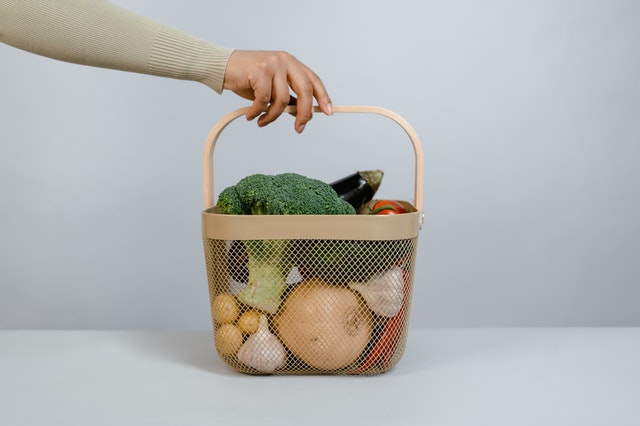Hyperglycemia, or high blood sugar, is more commonly associated with diabetes and prediabetes (a condition in which blood sugar levels are elevated, but not high enough to be classified as diabetes) and, if ignored, can lead to major health issues.
For the sake of your general health, managing your blood sugar is essential. Sean Marchese, MS, RN, a registered nurse at The Mesothelioma Center who has over 15 years of expertise in direct patient care and a background in oncology clinical trials, spoke with us about blood sugar and shared five natural ways to maintain it. Continue reading to protect both your health and the health of others.
Exercise Regularly
As stated by Marchese, “Regular exercise is one of the best strategies to maintain appropriate blood sugar levels since your body uses glucose as fuel. Blood sugar is used during exercises like walking, weightlifting, riding, and swimming to provide the energy required for muscular contractions. By raising insulin sensitivity and aiding in weight management, this activity also helps to stabilize blood sugar levels.”
Increase Fiber Intake
Marchese believes that fiber slows the body’s absorption of sugar and the rate at which carbohydrates are metabolized. This lessens the possibility of a sudden spike in blood sugar following a meal. When your blood sugar levels rise gradually, your body has more time to react to insulin. Notably, only soluble fiber has beneficial effects on controlling blood sugar levels. Eating more fruits, vegetables, legumes, and whole grains will improve your blood sugar management and boost your soluble fiber intake. The daily intake recommendation of fiber is 14 grams per 1,000 calories.”
Eat Smaller Portions
According to Marchese, a substantial lunch often results in unexpected blood sugar rises. “Your body could struggle to adjust to fasting blood sugar levels after eating. Additionally, smaller servings encourage good weight maintenance and lower the incidence of type 2 diabetes. Utilizing smaller plates, eating more slowly, and weighing or measuring your components when you prepare meals at home will help you consume less food overall. If you feel hungry between meals, try supplementing with nutritious snacks and steer clear of eateries with enormous serving sizes (or save some for dinner at home the next day).”
Reduce Carbs
Marchese acknowledges: “More than most other foods, carbohydrates have an impact on blood sugar levels and can lessen the efficiency of insulin. Too many carbohydrates hinder your body’s capacity to return to healthy blood sugar levels by flooding the blood with excessive glucose levels. A low-carb diet lowers the likelihood of insulin resistance and blood sugar rises, which lowers the risk of type 2 diabetes. Prioritize whole grains in your diet and stay away from processed or refined bread, pasta, and noodles.”
Add Probiotic Foods to Your Diet
Marchese clarifies, “Probiotics are foods that support the development of good bacteria in the gastrointestinal tract. Additionally, these foods help regulate blood sugar and lower HbA1c, a marker of insulin resistance and pre-diabetes. Try incorporating foods high in probiotics into your diets, such as some yogurts and cheeses, kimchi, sauerkraut, miso, and tempeh.”


